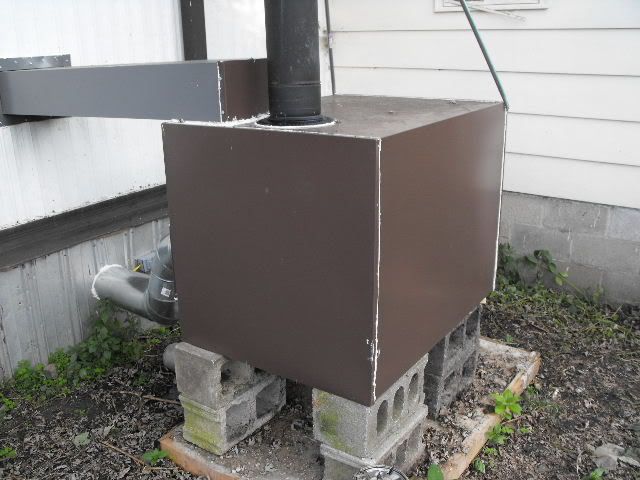Lugnutz
ArboristSite Operative
Lugnutz are you talking about just plugging in your furnace blower fan to the generator ? OR are you talking about plugging your generator into the house electric outlet and backfeeding the whole house with the generator??
I refuse to comment on the electric wiring aspect of your posts, because i'm not a pro/certified electrician myself.
Good Luck with everything, hope you get it all figured out.
Just plugging the fan into the gen.







 cause my head is startin to hurt
cause my head is startin to hurt